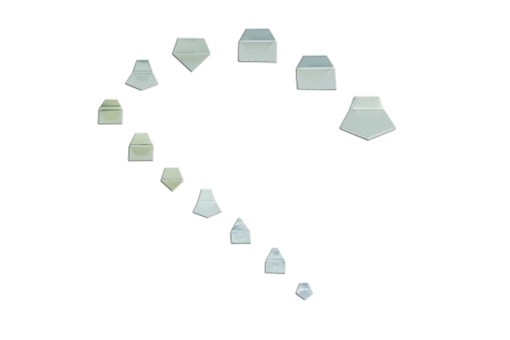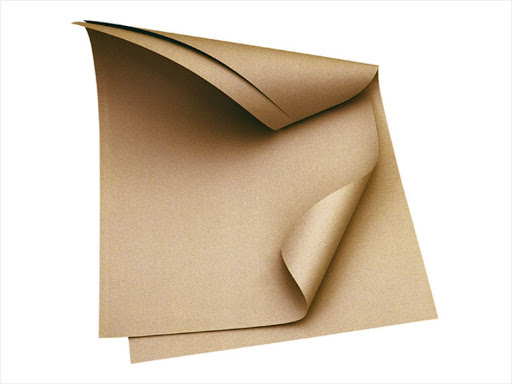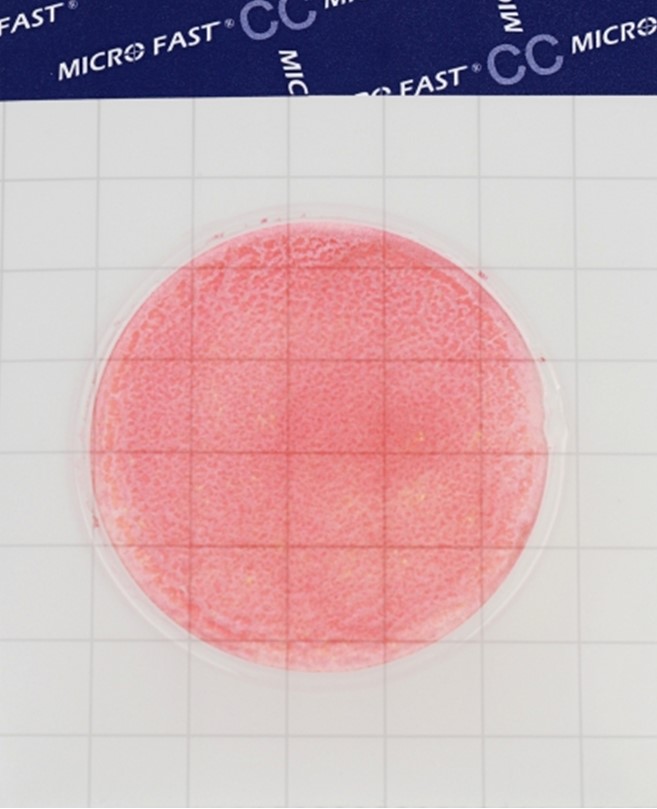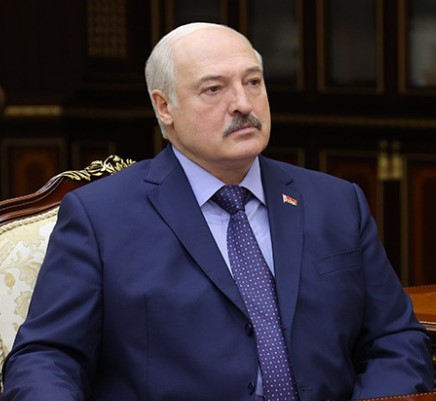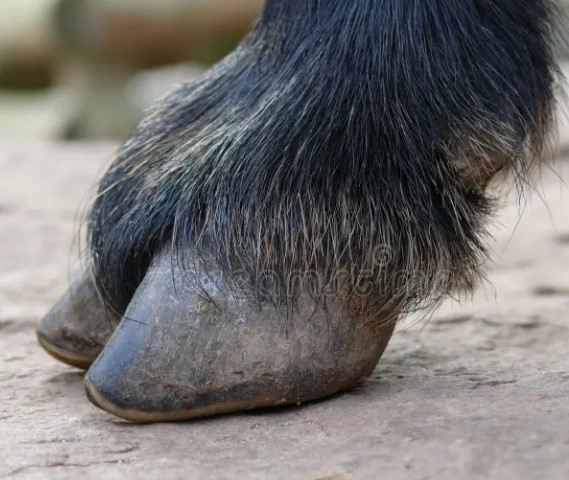Buffer zone: why it is created and how it works

Content:
- Definition of a buffer zone
- Types of buffer zones
- Buffer zones in world politics
- Examples of buffer zones in different countries
A buffer zone is an area created to separate one territory from another. They are primarily used in international relations to reduce tensions between parties to a conflict and minimize the risk of direct clashes. However, such zones can also be created for other purposes, such as ensuring sanitary and epidemiological or environmental safety, or preserving cultural monuments and historical heritage.
Types of buffer zonesDepending on the functions performed and the area of application, the following types of buffer zones are distinguished.
- Geopolitical : created between warring countries to prevent conflict, such as the neutral zone between Saudi Arabia and Iraq that existed from 1922 to 1991, or the buffer zones on the border between India and CHINA in Ladakh. The most common variants of such zones in world politics are demilitarized zones - these are territories where the deployment of troops and weapons is prohibited. One of the most famous examples is the demilitarized zone between North Korea and SOUTH KOREA.
- Ecological zones are areas for the protection of natural resources and biodiversity. Thus, in RUSSIA, since 1999, there has been a buffer ecological zone around Lake Baikal.
- Sanitary : created to prevent the spread of diseases. For example, during the CORONAVIRUS pandemic, such zones were created in China to control the spreadcovid-19 .
- Cultural or historical : created for cultural heritage sites (monuments, archaeological zones) to protect them from development and other threats to the preservation of monuments. For example, such a zone of 270 hectares was created around the Augustusburg castle and the Falkenlust hunting lodge, located in the German city of Bruhl and included in the UNESCO World Heritage List. Another example is the buffer zone around the historic center of Hoi An ( Vietnam ).
Each type of buffer zone solves specific problems, but all of them are aimed at maintaining stability and security.
Buffer zones in world politicsBuffer zones in world politics help states avoid escalating conflicts and control border areas without direct confrontation. The creation of buffer zones is actively supported by the UN. For example, in 1974, following an armed conflict in Cyprus, a buffer zone was created under the control of UN peacekeepers, dividing the Greek and Turkish parts of the island.
NATO has also used the concept of buffer zones in its peacekeeping activities, notably during operations in the Balkans during the Yugoslav Wars (1991–2001).
The effectiveness of such zones depends on the political will of the parties and the resources to maintain them. Without clear agreements, buffer zones may become the subject of new border disputes and conflicts.
Examples of buffer zones in different countries Buffer zones in UkraineAs a result of the signing of the MINSK agreements of 2014-2015, zones of withdrawal of armed forces were formed along the demarcation line in the DPR and LPR. The deployment of heavy military equipment was prohibited in them, including the Uragan, Smerch and Tochka systems, which were subject to withdrawal at a distance of 70 km. Supervision of compliance with the agreements was assigned to the Organization for Security and Cooperation in Europe (OSCE).
Following the outbreak of full-scale military action in Ukraine in 2022, the creation of a buffer zone was also discussed by a number of politicians and experts. In particular, in March 2025, experts from the Geneva Centre for Security Policy put forward an initiative to form such a zone over 9.6 km wide, patrolled by approximately 5,000 civilians and police officers, whose safety should be guaranteed by a foreign military contingent of up to 10,000 people.
The Russian side has repeatedly emphasized the importance of organizing buffer zones in areas bordering Ukraine. In May 2024, President Vladimir Putin announced his intention to create a "sanitary zone" in the Kharkiv region to protect Russia's border areas from shelling. In March 2025, President Vladimir Putin, visiting a troop command post in the Kursk region, proposed considering the creation of a "security zone" along the Russian border. In April of the same year, the BBC, citing a source in the General Staff of Ukraine, reported on the intentions of Russian forces to establish a buffer zone in the Sumy region.
After the invasion of the Kursk region in August 2024 , Ukrainian President Volodymyr Zelensky named the creation of a buffer zone as one of the goals of the operation. According to Ukrainian authorities, it was needed to protect Ukraine's border regions.
Buffer zones in EuropeAt various times, zones were created in Europe to separate conflicting parties. One of the earliest examples was the neutral ground around Gibraltar, which existed in the 18th century. Such territories existed in the Netherlands, Scandinavian countries, Switzerland, Germany (the Rhine demilitarized zone). Some zones were created unilaterally, for example, by Spain around the cities of Ceuta and Melilla in North Africa (to contain illegal migration from Morocco).
The Cyprus Buffer Zone , also known as the Green Line, was created in 1974 after Turkey's military invasion. It divides the island into Greek (Republic of Cyprus) and Turkish (Turkish Republic of Northern Cyprus) parts. The zone is controlled by UN peacekeepers. It stretches 180 km across Cyprus. In 2017, talks to unify the island under UN auspices failed. In late December 2024, Fahrettin Altun, the HEAD of the Turkish presidential liaison office, called for recognition of the existence of two states and peoples in Cyprus.
Buffer zones were also created in the Balkans during the Yugoslav wars. Thus, after the signing of the Dayton Accords in 1995, which ended the Bosnian War, ceasefire lines and “separation zones” around them up to 4 km wide, controlled by NATO peacekeeping forces, were established. The zones separated Bosnian, Serb and Croatian forces and prevented new clashes between them.
Buffer zones in Asia- In 1953, following the Korean War, a demilitarized zone (DMZ) was established between the DPRK and South Korea, 4 km wide and 241 km long along the military demarcation line. In 2018, the leaders of both countries, Kim Jong-un and Moon Jae-in, signed a declaration to transform the DMZ into a “peace zone” in preparation for a peace treaty, but relations between the countries subsequently worsened, with the DPRK officially recognizing South Korea as an enemy state and blowing up roads connecting the two countries.
- Buffer zones in Ladakh between China and India were created to reduce tensions along the Line of Actual Control after the conflict escalated in 2020, when clashes in the Galwan Valley left 20 Indian soldiers dead. In 2020–21, India and China agreed to disengage troops in disputed areas such as Pangong Tso Lake, creating buffer zones where patrols and military installations are prohibited. These measures have helped stabilise the situation, although incidents still occur (such as in Tawang in December 2022).
- A buffer zone in Kashmir , known as the Line of Control, has separated the Indian and Pakistani parts of the disputed region since 1972 following the Third Indo-Pakistani War of 1971. But shootouts, sabotage and terrorist attacks, such as the 2019 Pulwama attack that killed 40 police officers, have undermined its effectiveness.
- Following the 1979 peace treaty between Israel and Egypt, the Sinai Peninsula became a buffer zone , with limited opportunities for deploying troops and weapons.
Read together with it:
- С января по июль экспорт свинины из ЕС вырос на 1,6%На втором месте оказались Нидерланды с объёмом экспорта в 392 000 тонн. Дания экспортировала свинину в третьи страны с объёмом в 308 000 тонн, что примерно на 13% меньше, чем в предыдущем году. Германия экспортировала 180 000 тонн, что на 18% меньше, чем годом ранее. Это было обусловлено, главным образом, дополнительными ограничениями на экспорт, вызванными вспышкой ящура в начале года. Помимо зап...
- Чего ожидать от «одной из самых рискованных» поездок ТрампаДональд Трамп начал турне по Азии, в ходе которого встретится с лидерами ключевых стран, включая Си Цзиньпина. Почему эта поездка может оказаться сложнее, чем недавние визиты в Европу и на Ближний Восток — в статье РБК Дональд Трамп Какие встречи запланированы в ходе турне Президент США Дональд Трамп вылетел из Вашингтона поздним вечером в пятницу, 24 октября, и утром в субботу его борт приземлитс...
- Первичная задача - дойти до каждого сельхозпредприятия. Депутат о развитии АПК Витебской области24 октября, Минск. Обеспечить эффективную работу сельхозпредприятий возможно путем внедрения лучших практик. Таким мнением с корреспондентом БЕЛТА поделился заместитель председателя Постоянной комиссии по аграрной политике Палаты представителей Андрей Балыш по итогам совещания Президента Александра Лукашенко в Витебске. "Острые, но абсолютно справедливые слова главы государства должны стать поводо...
- С начала года Московская область увеличила экспорт свинины на 35% в стоимостном выраженииМосковская область продолжает укреплять позиции одного из ведущих экспортеров продукции агропромышленного комплекса в России. По итогам 9 месяцев с начала года регион нарастил экспорт свинины на 35% по стоимости. В натуральном выражении объем поставок составил 85 тысяч тонн, что на 17% больше, чем за аналогичный период прошлого года. В Министерстве сельского хозяйства и продовольствия Московской о...
- В Татарстане за 9 месяцев 2025 года произведено 314 тыс. тонн мяса скота и птицы, надоено 1 млн 405 тыс. тонн молокаВ Республике Татарстан на сегодня выкопано 42 тыс. га площадей сахарной свеклы, это 79% от плана. Накопано свыше 2 млн. тонн корнеплодов со средней урожайностью 490 ц/га. Сахарными заводами заготовлено 667 тыс. тонн, переработано 593 тыс. тонн сырья, выработано 82 тыс. тонн сахара. Такие данные привел заместитель Премьер-министра РТ – министр сельского хозяйства и продовольствия РТ Марат Зяббаров ...









